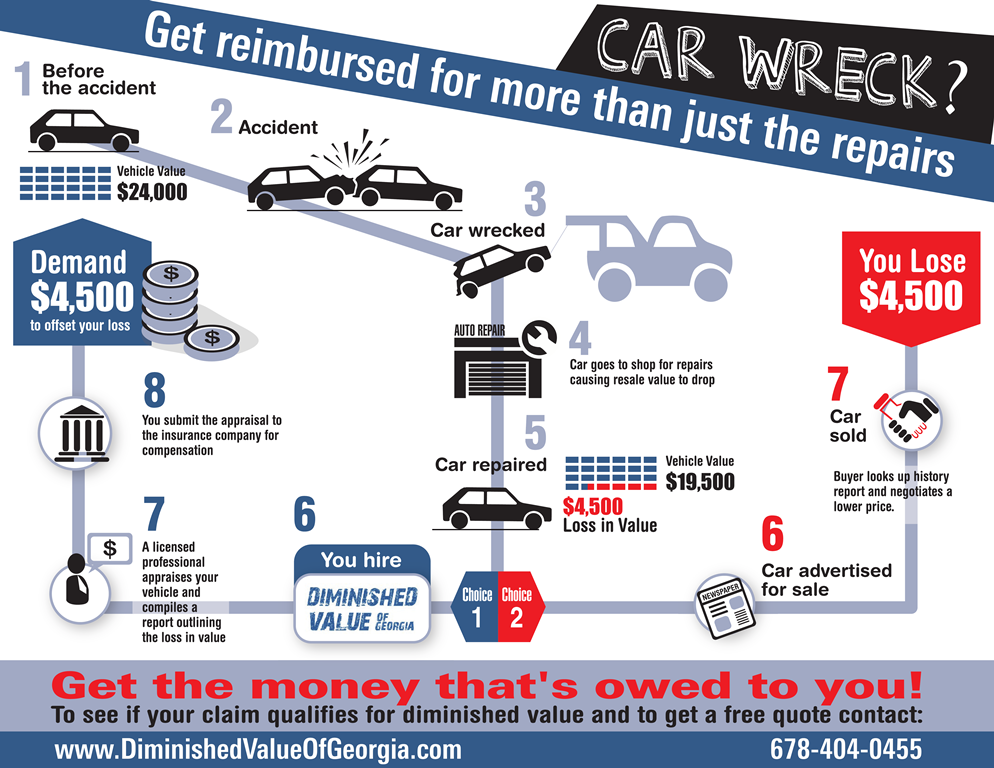Comprehending The Significance Behind Your Automobile'S Caution Lighting: An In-Depth Appearance
Comprehending The Significance Behind Your Automobile'S Caution Lighting: An In-Depth Appearance
Blog Article
Short Article Author-Faulkner Corbett
When you're behind the wheel, those glowing warning lights on your control panel can be a little bit puzzling. Do you understand what they're trying to inform you concerning your cars and truck's wellness? Understanding the value of these lights is essential for your safety and security and the long life of your lorry. So, Read A lot more among those lights appears, would not you want to understand its message precisely and take the necessary actions to resolve it?
Common Caution Lights and Interpretations
Recognize typical caution lights in your cars and truck and understand their meanings to make sure risk-free driving.
The most regular warning lights include the check engine light, which signifies problems with the engine or exhausts system. If this light comes on, it's crucial to have your automobile inspected promptly.
ceramiccoatingnearme alerting light indicates reduced oil stress, requiring immediate focus to avoid engine damages.
A blinking battery light might recommend a faulty billing system, potentially leaving you stranded if not addressed.
The tire stress monitoring system (TPMS) light informs you to reduced tire pressure, impacting automobile security and fuel performance. Ignoring this might result in hazardous driving problems.
The abdominal light indicates an issue with the anti-lock braking system, endangering your capacity to stop quickly in emergency situations.
Last but not least, the coolant temperature level cautioning light warns of engine overheating, which can cause severe damage if not resolved promptly.
Recognizing these usual warning lights will aid you address problems without delay and maintain secure driving problems.
Relevance of Prompt Attention
Recognizing the typical warning lights in your vehicle is just the very first step; the relevance of immediately addressing these warnings can not be emphasized enough to guarantee your security on the road.
When a warning light illuminates on your dashboard, it's your auto's method of communicating a prospective concern that requires attention. Overlooking please click the following web site can lead to a lot more serious troubles down the road, jeopardizing your security and potentially costing you a lot more in repairs.
Prompt interest to warning lights can avoid failures and crashes. For instance, a flashing check engine light might suggest a misfire that, if left neglected, can cause damage to the catalytic converter. Addressing this promptly can conserve you from a costly repair work.
In a similar way, a brake system warning light may indicate reduced brake fluid or used brake pads, critical components for your safety when driving.
DIY Troubleshooting Tips
If you see a caution light on your dashboard, there are a couple of DIY repairing suggestions you can attempt before looking for specialist help.
The primary step is to consult your auto's manual to understand what the specific caution light indicates. Often the concern can be as easy as a loose gas cap setting off the check engine light. Tightening up the gas cap might fix the trouble.
An additional usual issue is a low battery, which can trigger various advising lights. Inspecting the battery links for rust and guaranteeing they're secure might take care of the issue.
If a warning light lingers, you can attempt resetting it by disconnecting the vehicle's battery for a few mins and afterwards reconnecting it. Additionally, checking your car's fluid degrees, such as oil, coolant, and brake liquid, can help fix warning lights associated with these systems.
official site
In conclusion, comprehending your auto's warning lights is important for maintaining your lorry running efficiently and securely. By immediately attending to these alerts and knowing what they mean, you can avoid expensive repair work and potential malfunctions.
Keep in mind to consult your vehicle's guidebook for particular information on each warning light and do something about it as necessary to guarantee a hassle-free driving experience.
Remain informed, stay safe when traveling!
